Home>Garden Essentials>When To Seed Grass In Georgia


Garden Essentials
When To Seed Grass In Georgia
Modified: March 24, 2024
Looking to start a garden in Georgia? Find out the best time to seed grass and create a lush and vibrant garden in the comfort of your own backyard.
(Many of the links in this article redirect to a specific reviewed product. Your purchase of these products through affiliate links helps to generate commission for Storables.com, at no extra cost. Learn more)
Introduction
Gardening enthusiasts in Georgia often face the challenge of maintaining a lush and healthy lawn. One crucial aspect of achieving this is knowing when to seed grass. Proper timing plays a significant role in ensuring successful seed germination and establishment, leading to a beautiful, vibrant lawn.
There are several factors to consider when determining the ideal timing for grass seeding in Georgia. These factors include climate and temperature conditions, soil conditions, grass types, and specific seeding techniques. By understanding these factors and their interplay, you can make informed decisions that will lead to a thriving lawn.
In this article, we will explore the optimal times for seeding grass in Georgia and provide helpful tips on how to ensure successful growth and maintenance.
Key Takeaways:
- Timing is crucial when seeding grass in Georgia. Spring is best for warm-season grasses, while fall is ideal for cool-season grasses, aligning with the climate for successful growth.
- Proper soil preparation and maintenance are essential for successful grass seeding in Georgia. Conduct a soil test, choose the right grass type, and provide consistent care for a thriving lawn.
Read more: When To Seed Bermuda In Georgia
Factors to Consider
Before you begin seeding your grass in Georgia, it’s crucial to take into account several important factors. These factors will influence the success of your grass seed germination and ultimately determine the overall health and appearance of your lawn.
Let’s delve into these factors in more detail:
- Climate and Temperature Conditions: Georgia has a diverse climate, with variations throughout the state. The most critical consideration is the average temperature during the growing season. Different grass species have specific temperature requirements for optimal growth. It’s essential to choose a grass type that thrives in the Georgia climate and aligns with the average temperatures of your specific region.
- Soil Conditions: The condition of the soil is another crucial factor to consider before seeding grass. Conduct a soil test to assess its pH level and nutrient content. Grasses in Georgia generally prefer a slightly acidic soil pH of around 6 to 6.5. If your soil lacks essential nutrients, you may need to amend it with organic matter or fertilizer to ensure optimal grass growth.
- Grass Types: Georgia offers a variety of grass types suitable for different regions and purposes. Some popular grass varieties for Georgia lawns include Bermuda Grass, Centipede Grass, Zoysia Grass, and Tall Fescue. Each grass type has unique characteristics, such as shade tolerance, drought resistance, and maintenance requirements. Consider the specific attributes of each grass type and choose one that best suits your lawn’s needs and the growing conditions in your area.
- Timing for Seeding Grass: Timing is crucial when it comes to seeding grass in Georgia. The ideal time for seeding depends on the grass type and the specific climatic conditions of your region. In Georgia, the two primary seasons for grass seeding are spring and fall. Spring is the optimal time for warm-season grasses, while fall is best for cool-season grasses. Consider the recommended seeding times for your chosen grass variety to maximize the chances of successful germination and establishment.
By taking all of these factors into account, you can make informed decisions about when and how to seed your grass in Georgia. This careful consideration will greatly contribute to the success of your lawn and provide you with a lush, green oasis to enjoy throughout the year.
Climate and Temperature Conditions
The climate and temperature conditions in Georgia play a significant role in determining the optimal time for seeding grass. With its diverse climate zones, ranging from coastal regions to mountainous areas, Georgia experiences a variety of temperature ranges throughout the year.
When selecting the right grass type for your lawn, it’s crucial to consider the average temperatures during the growing season. Different grass species have specific temperature preferences for optimal growth and survival.
Warm-season grasses, such as Bermuda Grass, Zoysia Grass, and Centipede Grass, are well-suited to the hot and humid summers that Georgia often experiences. These grasses thrive in temperatures ranging from 75 to 90 degrees Fahrenheit, making spring and early summer the ideal time for seeding them.
On the other hand, cool-season grasses, like Tall Fescue and Kentucky Bluegrass, are better suited for the milder temperatures of Georgia’s spring and fall seasons. These grasses prefer temperatures ranging from 60 to 75 degrees Fahrenheit, making the cooler months an excellent time for seeding.
It’s important to note that while cool-season grasses can tolerate the heat of Georgia summers, they may require extra care and supplemental irrigation to withstand the heat stress. Warm-season grasses, on the other hand, may go dormant during the cooler months but will regain their vibrancy as temperatures rise.
Understanding the temperature requirements of different grass types will help you choose the right grass for your specific region in Georgia. By aligning the seeding process with the optimal temperature ranges, you give your grass the best chance to establish a healthy root system and thrive in the local climate.
It’s also essential to monitor weather patterns and forecasted temperatures when planning your grass seeding. Avoid seeding during extreme heatwaves or cold snaps, as these conditions can hinder seed germination and overall growth.
By considering the climate and temperature conditions in Georgia and selecting the appropriate grass type, you can ensure that your lawn will be lush, vibrant, and able to withstand the local climate throughout the year.
Soil Conditions
The condition of the soil plays a vital role in the success of grass seed germination and establishment. Before seeding your grass in Georgia, it’s essential to assess and improve your soil’s condition to create an optimal growing environment for your grass.
One crucial step in understanding your soil is to conduct a soil test. A soil test will provide valuable information about the pH level and nutrient content of your soil. In Georgia, grasses typically prefer a slightly acidic soil with a pH level of around 6 to 6.5. If your soil’s pH level is too low or too high, you may need to adjust it by adding lime to raise the pH or sulfur to lower it.
In addition to pH, nutrient content is another crucial aspect to consider in soil preparation. Grass requires essential nutrients to grow and thrive. The soil test will indicate the levels of nutrients such as nitrogen, phosphorus, and potassium. If the test reveals nutrient deficiencies, you can apply organic matter or fertilizer specifically formulated for lawn use to amend the soil and replenish the necessary nutrients.
Improving the soil’s structure and drainage is also important for successful grass growth. If your soil is compacted or poorly draining, it’s beneficial to aerate the soil before seeding. Aeration helps reduce soil compaction, improves water infiltration, and allows air to reach the grassroots, promoting healthy growth.
Another consideration is the presence of weeds or excessive thatch in your lawn. Weeds can compete with grass seedlings for nutrients and sunlight, hindering their growth. Remove any existing weeds before seeding, ensuring a weed-free environment for your newly-seeded grass. Thatch, a layer of dead grass and organic matter, can also impede seed germination. If thatch is present, you may need to dethatch or rake it out before seeding.
In summary, understanding the soil conditions in your lawn is crucial before seeding grass in Georgia. Conduct a soil test to evaluate pH and nutrient levels. Adjust the pH if necessary and provide the required nutrients through organic matter or fertilizer. Improve soil structure and drainage through aeration, and ensure a weed-free environment. By preparing the soil adequately, you create an ideal foundation for successful grass seed germination and establishment.
Grass Types
When it comes to choosing the right grass type for your lawn in Georgia, several factors come into play, including climate, maintenance requirements, and intended use of the lawn. Different grass types have different characteristics and thrive in specific conditions. Understanding these grass types will help you make an informed decision when it comes to seeding your grass.
Let’s explore some popular grass types for Georgia lawns:
- Bermuda Grass: Bermuda Grass is a warm-season grass that is well-suited to the hot and humid summers of Georgia. It is highly drought-tolerant and has excellent traffic and wear resistance. Bermuda Grass is known for its dense growth pattern and ability to recover quickly from damage. This grass type thrives in full sun and requires regular mowing and maintenance.
- Centipede Grass: Centipede Grass is a low-maintenance warm-season grass that is widely used in Georgia. It is known for its excellent heat tolerance and ability to grow in various soil types. Centipede Grass has a medium texture, forms a dense turf, and requires minimal fertilization. This grass type performs best in areas with moderate shade.
- Zoysia Grass: Zoysia Grass is a warm-season grass that is highly adaptable and tolerates a wide range of growing conditions. It has excellent heat and drought tolerance and performs well in both full sun and lightly shaded areas. Zoysia Grass spreads slowly, forming a thick, lush turf. It requires regular maintenance, including mowing and fertilization.
- Tall Fescue: Tall Fescue is a cool-season grass that is popular in the transition zone of Georgia. It is known for its excellent heat and drought tolerance and performs well in shady areas. Tall Fescue has a deep green color and a coarse texture. It requires regular watering and fertilization and is often overseeded with winter ryegrass for year-round green color.
These are just a few examples of grass types suitable for Georgia lawns. It’s important to consider factors such as shade tolerance, maintenance requirements, and the intended use of the lawn when selecting the right grass type. Each grass type has its own unique characteristics, and understanding them will help you create a beautiful, resilient lawn that thrives in the specific conditions of your region.
Consult with local garden centers or lawn care professionals to determine which grass type is best suited for your specific area in Georgia. By choosing the right grass type, you can ensure a healthy, lush lawn that will be the envy of the neighborhood.
Read more: When To Plant Grass In Georgia
Timing for Seeding Grass
The timing for seeding grass in Georgia is crucial for successful germination and establishment. The right timing ensures that the grass seed has favorable conditions to sprout, grow strong roots, and flourish into a lush and healthy lawn. In Georgia, the two primary seasons for grass seeding are spring and fall.
Spring Seeding: Spring is an ideal time to seed warm-season grasses such as Bermuda Grass, Zoysia Grass, and Centipede Grass. As temperatures begin to warm up, usually in late March or early April, soils are gradually warming, promoting faster seed germination. Spring seeding allows the grass seedlings to establish themselves before the heat and humidity of summer arrive. Be sure to avoid heavy rainfall or extended periods of cold weather, as these conditions can hinder seed germination and growth.
Fall Seeding: Fall is the preferred time to seed cool-season grasses such as Tall Fescue and Kentucky Bluegrass. As the summer heat subsides and cooler temperatures prevail, usually in late September to early October, soil conditions become more suitable for grass seed germination. The warm soil and moderate temperatures of fall provide optimal conditions for establishing strong root systems. The newly seeded grass has a longer growing season before the heat and drought stress of the following summer. Fall seeding also helps the grass establish itself before winter dormancy. It’s important to seed early enough in the fall to allow the grass to develop sufficient root growth before the first frost.
It’s crucial to consider the specific climate and regional variations within Georgia when determining the timing for seeding grass. Coastal areas and mountainous regions may have slightly different planting windows due to variations in temperature and humidity.
Before seeding, closely monitor weather forecasts and soil temperature to ensure optimal conditions. Soil temperature should be consistently above 50 degrees Fahrenheit for warm-season grasses and between 50 to 65 degrees Fahrenheit for cool-season grasses. Utilize online resources or consult with local agricultural extension offices for accurate soil temperature information.
By understanding the appropriate timing for grass seeding in Georgia, you can maximize the chances of successful seed germination and establishment. Whether you choose spring or fall seeding, providing the right conditions at the right time will result in a vibrant, thriving lawn that enhances the beauty of your outdoor space.
The best time to seed grass in Georgia is in the late summer or early fall, between mid-August and mid-September. This allows the seeds to establish before the winter and thrive in the following spring.
Spring Seeding
Spring is an optimal time for seeding warm-season grasses in Georgia, such as Bermuda Grass, Zoysia Grass, and Centipede Grass. When the winter frost dissipates and temperatures begin to warm up, typically in late March or early April, it signals the start of the growing season for these grass types.
Here are some key considerations and steps to follow for successful spring seeding:
- Soil Preparation: Before seeding, prepare the soil by removing debris, loosening compacted areas, and leveling any uneven surfaces. Conduct a soil test to assess the pH level and nutrient content of the soil. Add lime or sulfur as needed to adjust the pH to the recommended range of 6 to 6.5. Incorporate organic matter or fertilizer to address any nutrient deficiencies.
- Choosing the Right Seed: Select high-quality grass seed specifically formulated for your chosen warm-season grass type. Consider factors such as shade tolerance, traffic tolerance, and maintenance requirements when choosing the seed. Follow the recommended seeding rate provided on the seed packaging for optimal coverage and spacing.
- Seeding Techniques: There are different techniques for seeding, such as broadcasting or using a seed spreader. For larger areas, a broadcast spreader can help evenly distribute the grass seed. For smaller patches or areas with specific seed placement needs, hand seeding may be more appropriate. Ensure that the seed is evenly spread and not concentrated in one area.
- Watering: After seeding, it’s crucial to keep the soil consistently moist to facilitate seed germination. Water the newly seeded area lightly and frequently, ensuring that the soil remains damp but not saturated. Avoid overwatering, as excessive moisture can lead to fungal diseases. As the grass seedlings begin to germinate, adjust the watering schedule to promote deeper root growth.
- Maintenance: As the newly seeded grass begins to grow, it’s important to protect it from foot traffic and excessive stress. Avoid mowing the grass until it reaches a height of at least 3 to 4 inches. When it’s time to mow, ensure that the mower blades are sharp and set to the appropriate height for your grass type.
Monitor the progress of the newly seeded grass and provide ongoing care, such as regular watering, fertilization, and weed control, as necessary. Follow the specific care instructions for your chosen warm-season grass type to promote healthy growth.
Spring seeding of warm-season grasses in Georgia allows for ample time for the grass to establish strong root systems before the summer heat arrives. It sets the foundation for a lush, vibrant lawn that can withstand the demands of the Georgia climate.
Fall Seeding
Fall is an ideal time for seeding cool-season grasses in Georgia, such as Tall Fescue and Kentucky Bluegrass. As the summer heat subsides and temperatures begin to cool down, usually in late September to early October, the conditions become favorable for optimal seed germination and establishment.
Here are some key considerations and steps to follow for successful fall seeding:
- Soil Preparation: Before seeding, prepare the soil by removing any existing vegetation, debris, and weeds. Loosen the soil with a rake or garden tiller and ensure that the surface is level. Conduct a soil test to determine the pH level and nutrient content of the soil. Amend the soil if necessary by adding lime to raise the pH or sulfur to lower it. Incorporate organic matter or fertilizer to replenish essential nutrients.
- Choosing the Right Seed: Select high-quality grass seed specifically formulated for your chosen cool-season grass type, such as Tall Fescue or Kentucky Bluegrass. Determine the appropriate seeding rate based on the recommended guidelines provided on the seed packaging. It’s advisable to choose a certified seed blend that contains a mixture of different grass varieties to ensure better adaptability.
- Seeding Techniques: There are various techniques for seeding, such as broadcasting or using a seed spreader. For larger areas, a broadcast spreader can help evenly distribute the grass seed. For smaller or awkwardly shaped areas, hand seeding may be more appropriate. Ensure that the seed is evenly spread, covering the entire area without any bare patches.
- Watering: After seeding, water the newly seeded area thoroughly to ensure that the soil is evenly moist. Keep the soil consistently moist by watering lightly and frequently. Avoid excessive watering, as it can lead to waterlogging and hinder seed germination. As the grass seedlings start to emerge, gradually adjust the watering schedule to encourage deeper rooting.
- Maintenance: Protect the newly seeded grass from foot traffic and avoid mowing until the grass reaches a height of at least 3 to 4 inches. When it’s time to mow, ensure that the mower blades are sharp and set to the recommended height for your cool-season grass type. Regularly monitor the lawn for weeds and address them promptly to prevent competition with the newly seeded grass.
Monitor the progress of the newly seeded grass throughout the fall season and provide ongoing maintenance, including regular watering and fertilization. Follow the specific care instructions for your chosen cool-season grass type to promote healthy growth.
Fall seeding of cool-season grasses in Georgia allows for the grass to establish strong root systems during the cooler months, providing a head start for growth in the following spring. The moderate temperatures and moist soil conditions in fall create an ideal environment for successful seed germination and establishment.
By following these guidelines and providing proper maintenance, you can ensure that your newly seeded cool-season grass thrives and transforms your lawn into a lush, green landscape.
Preparing the Soil for Seeding
Proper soil preparation is essential for successful grass seed germination and establishment. Before seeding your lawn in Georgia, it’s important to take the necessary steps to ensure that the soil is ready to provide an ideal environment for the seeds to grow.
Here are some key considerations and steps to follow when preparing the soil for seeding:
- Clearing and Cleaning: Begin by clearing the area of any existing vegetation, such as weeds, dead grass, or debris. This step allows for a clean slate and reduces competition for resources between the new grass seedlings and existing plants. Remove any large rocks or debris that could interfere with the growth of the grass.
- Loosening and Leveling: Use a rake, garden fork, or mechanical tiller to loosen the soil. This process helps break up compacted soil and allows for better air circulation and water penetration. Pay particular attention to any compacted areas or uneven spots, as they can create challenges for seed germination and even lawn growth. After loosening, level the soil to ensure an even surface for consistent seed coverage.
- Soil Testing: Conduct a soil test to assess the pH level and nutrient content of the soil. This test provides valuable information about any deficiencies or imbalances that need to be addressed before seeding. Adjust the soil’s pH level by adding lime to raise it or sulfur to lower it, aiming for a pH range of around 6 to 6.5, which is ideal for most grass types in Georgia. Incorporate organic matter, such as compost or well-rotted manure, to improve the soil’s nutrient content and structure.
- Amending the Soil: Based on the results of the soil test, address any nutrient deficiencies by applying a balanced fertilizer or specific nutrients as recommended. Follow the instructions provided on the fertilizer packaging to ensure proper application and avoid over-fertilization, which can harm the grass seedlings. Incorporate the fertilizer or organic matter into the soil by lightly raking or tilling it, ensuring even distribution.
- Final Raking and Compacting: After amending the soil, give it a final gentle raking to create a smooth and level surface for seeding. This step also helps to incorporate the amendments and ensure even distribution. To provide good seed-to-soil contact, lightly compact the soil using a lawn roller or by gently walking over the area. Avoid excessive compaction, as this can hinder root growth and water penetration.
By following these soil preparation steps, you create an optimal environment for grass seed germination and establishment. The improved soil structure, nutrient content, and pH level will provide the necessary foundation for healthy root development and overall lawn growth.
Remember to always follow the specific instructions provided by your grass seed manufacturer or consult with local gardening experts for any soil-specific recommendations. With proper soil preparation, your grass seeds will have the best chance of establishing a vibrant, lush lawn that will enhance the beauty of your outdoor space in Georgia.
Read more: When To Seed Bermuda Grass In Georgia
Seeding Techniques
Selecting the right seeding technique is crucial for ensuring proper seed distribution and optimal germination. Different techniques can be utilized based on the size of the area, the grass type, and your personal preference. Here are some common seeding techniques to consider when seeding your lawn in Georgia:
- Broadcast Seeding: Broadcasting is a widely used seeding method, especially for larger areas. It involves evenly spreading the grass seed across the designated area by hand or using a broadcast spreader. This technique allows for efficient coverage and is suitable for most grass types. Walk in a deliberate pattern while broadcasting the seed to ensure even distribution.
- Drop Seeding: Drop seeding is a method that involves using a drop spreader to deliver the grass seed directly onto the soil. Drop spreaders have adjustable settings to control the amount and width of distribution. This technique offers more precise seed placement, making it ideal for smaller areas, patching thin spots, or areas that require specific seed concentration.
- Overseeding: Overseeding is the process of applying grass seed over an established lawn to fill in bare patches or rejuvenate the existing grass. This technique is often used to restore the density and health of the lawn. Before overseeding, mow the existing grass to a shorter height and remove any accumulated thatch. Use a broadcast spreader or handheld spreader to evenly distribute the grass seed over the lawn.
- Hydroseeding: Hydroseeding, also known as hydro-mulching, is a method that involves spraying a mixture of grass seed, water, a tackifier (to help the mixture adhere to the soil), and a slurry of mulch onto the prepared soil. This technique is efficient for large areas and provides quick and consistent seed coverage. Hydroseeding is often performed by professional landscapers.
- Hand Seeding: Hand seeding is a simple yet effective method for smaller areas or spots that require precise seed placement. It involves manually distributing the grass seed by hand, similar to how you would sprinkle salt on food. This technique allows for greater control and is helpful when filling in small patches or areas with limited access.
Regardless of the seeding technique you choose, it’s essential to follow the recommended seeding rate and ensure even distribution. Ensure that the seeds are in contact with the soil, as good seed-to-soil contact is crucial for proper germination. Rake the seeded area gently or lightly brush the soil to cover the seeds with a thin layer of soil.
After seeding, it’s important to provide consistent moisture to the soil to aid seed germination. Regularly water the newly seeded area, keeping the soil moist but avoiding overwatering. Check the specific watering instructions for the grass type to ensure proper care during the germination period.
Selecting the appropriate seeding technique for your lawn in Georgia will greatly contribute to the success of grass seed germination and establishment. Consider the size of the area, the grass type, and your specific needs when deciding which technique to use. With the right technique and proper care, you can achieve a beautifully seeded lawn in Georgia.
Maintenance and Care After Seeding
After seeding your lawn in Georgia, it is important to provide proper maintenance and care to ensure the successful germination and establishment of the grass seed. Here are some essential steps to follow for maintaining and caring for your newly seeded lawn:
- Watering: Proper watering is crucial for seed germination and the development of healthy grass seedlings. Keep the soil consistently moist by watering lightly and frequently. Aim to provide about 0.5 inches of water per week or enough to keep the top inch of soil consistently damp. Avoid overwatering, as excessive moisture can lead to disease or shallow root growth. As the grass seedlings begin to emerge, gradually reduce the frequency of watering but increase the amount of water applied to promote deeper root development.
- Feeding: As the newly seeded grass starts to grow, it will benefit from additional nutrients. Apply a slow-release or starter fertilizer according to the manufacturer’s instructions. This will provide the young grass seedlings with the necessary nutrients for healthy growth. Avoid applying excessive amounts of fertilizer, as it can lead to burn damage. Follow a regular fertilization schedule as recommended for your specific grass type.
- Mowing: Wait until the new grass reaches a height of around 3 to 4 inches before mowing for the first time. Ensure that the mower blades are sharp and set to the appropriate height for your grass type. Remove no more than one-third of the grass height when mowing and avoid cutting the grass too short, as it can stress and weaken the seedlings. Regular mowing helps promote thickening and encourages dense, healthy growth.
- Weed Control: Monitor the newly seeded area for any weeds that may compete with the grass seedlings. Hand-pull any visible weeds or use a selective herbicide labeled safe for newly seeded lawns. Avoid using any herbicides that can harm or inhibit the growth of the young grass seedlings. It’s important to establish a healthy and dense grass stand before implementing a regular weed control program.
- Protection from Foot Traffic: Restrict foot traffic on the newly seeded area until the grass has fully established. Avoid any activities that could damage or compact the soil, as this can hinder the growth of the grass seedlings. If necessary, place temporary barriers or signs to prevent people or pets from accessing the newly seeded area.
- Pest Management: Monitor the lawn for any signs of pest activity, such as grubs or insects that may damage the new grass seedlings. If necessary, apply appropriate insecticides or enlist the help of a professional pest control service to manage pest issues effectively and protect the young grass.
Throughout the process, be patient with the establishment of your newly seeded lawn. It can take several weeks for the grass seedlings to develop strong root systems and fill in the area. While waiting for full establishment, continue to provide the necessary care and maintenance to promote healthy growth.
Keep in mind that different grass types have specific maintenance requirements. Refer to the recommended care instructions for your particular grass type and adjust your maintenance practices accordingly.
By providing proper maintenance and care after seeding, you can ensure the successful establishment and development of your new grass. With time and diligent maintenance, your newly seeded lawn will transform into a lush and vibrant landscape that enhances the beauty of your outdoor space in Georgia.
Conclusion
Seeding grass in Georgia requires careful consideration of factors such as climate, soil conditions, grass types, and proper timing. By understanding these elements and following recommended techniques, you can establish a healthy and vibrant lawn that withstands the climate challenges of Georgia.
When it comes to timing, spring and fall are key seasons for seeding. Spring is favorable for warm-season grasses like Bermuda Grass and Zoysia Grass, while fall is ideal for cool-season grasses such as Tall Fescue. By aligning your seeding efforts with the optimal timing, you provide the best conditions for successful seed germination and root establishment.
In addition to timing, preparing the soil is crucial for creating a favorable environment for grass seed growth. Conducting a soil test, adjusting the pH if necessary, and providing essential nutrients through organic matter or fertilizers contribute to healthy seedling development.
Choosing the right grass type is also important to ensure suitability for the Georgia climate and the intended use of your lawn. Popular options include Bermuda Grass, Centipede Grass, Zoysia Grass, and Tall Fescue, each with unique qualities and maintenance requirements.
Proper seeding techniques such as broadcasting, drop seeding, or hydroseeding help ensure even seed distribution and contact with the soil. Following the seeding process, consistent watering, appropriate fertilization, and regular maintenance practices are essential for establishing a strong root system and promoting overall grass growth.
With patience and ongoing care, your newly seeded lawn in Georgia can thrive and become a beautiful outdoor space to enjoy. Remember to adapt your maintenance practices based on the specific needs of your chosen grass type, while monitoring for weeds, pests, and foot traffic that may impact the developing seedlings.
In conclusion, by understanding the factors influencing grass seeding in Georgia and implementing the appropriate techniques, you can achieve a lush, healthy, and resilient lawn that enhances the beauty of your outdoor environment. Seeding and nurturing a thriving grass lawn is a rewarding endeavor that brings joy and satisfaction throughout the seasons.
Frequently Asked Questions about When To Seed Grass In Georgia
Was this page helpful?
At Storables.com, we guarantee accurate and reliable information. Our content, validated by Expert Board Contributors, is crafted following stringent Editorial Policies. We're committed to providing you with well-researched, expert-backed insights for all your informational needs.
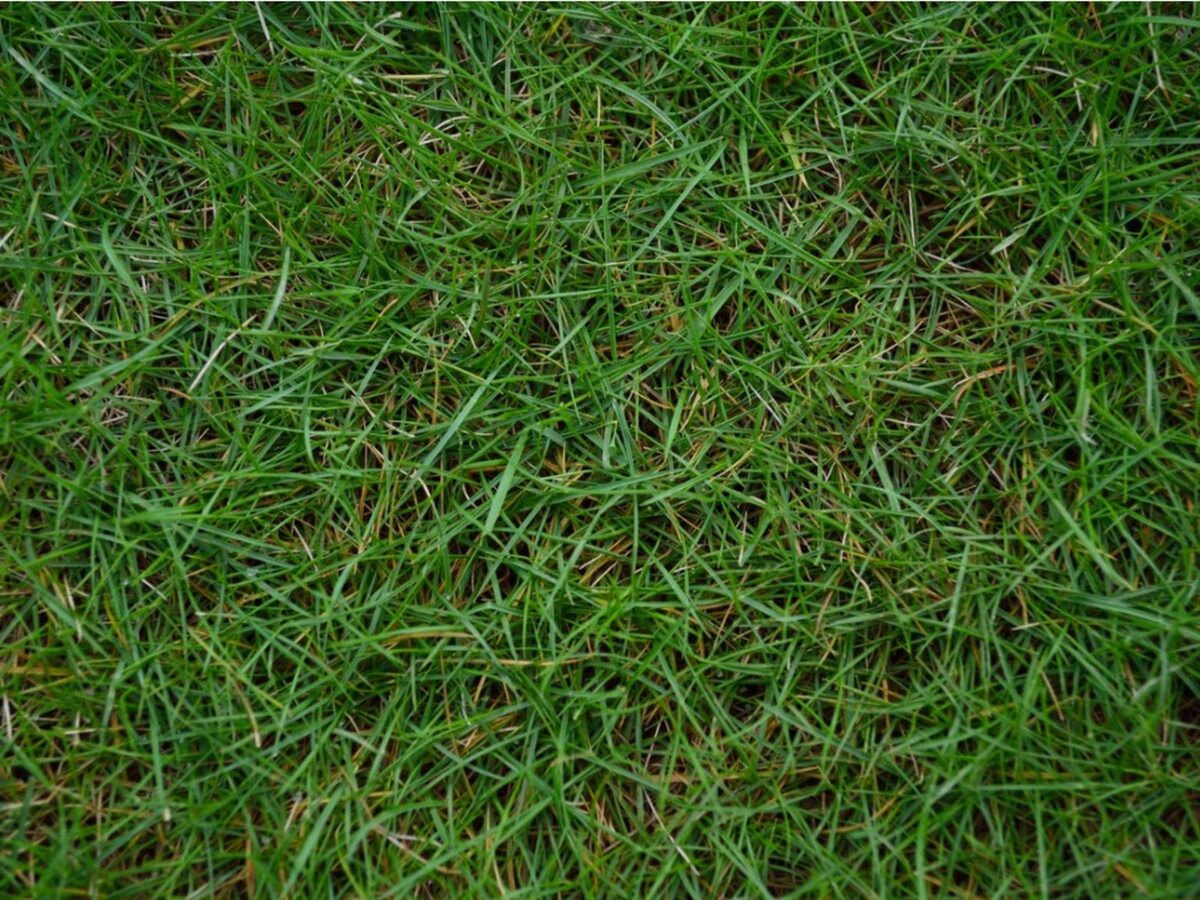
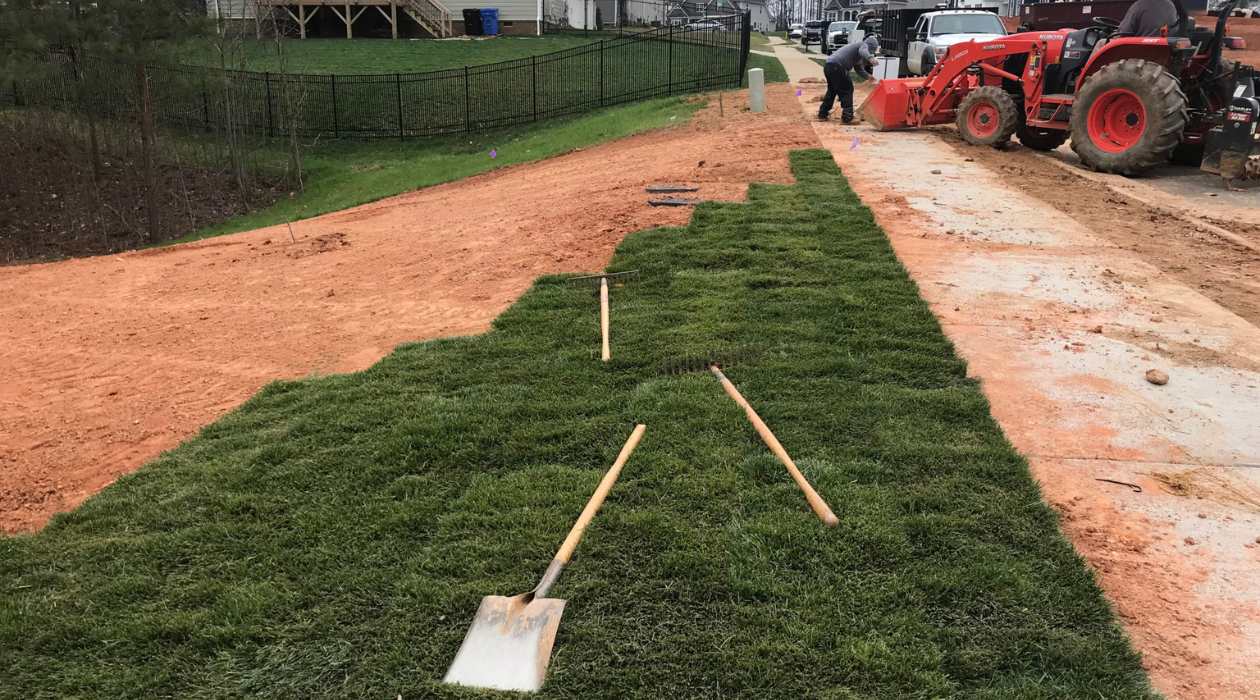
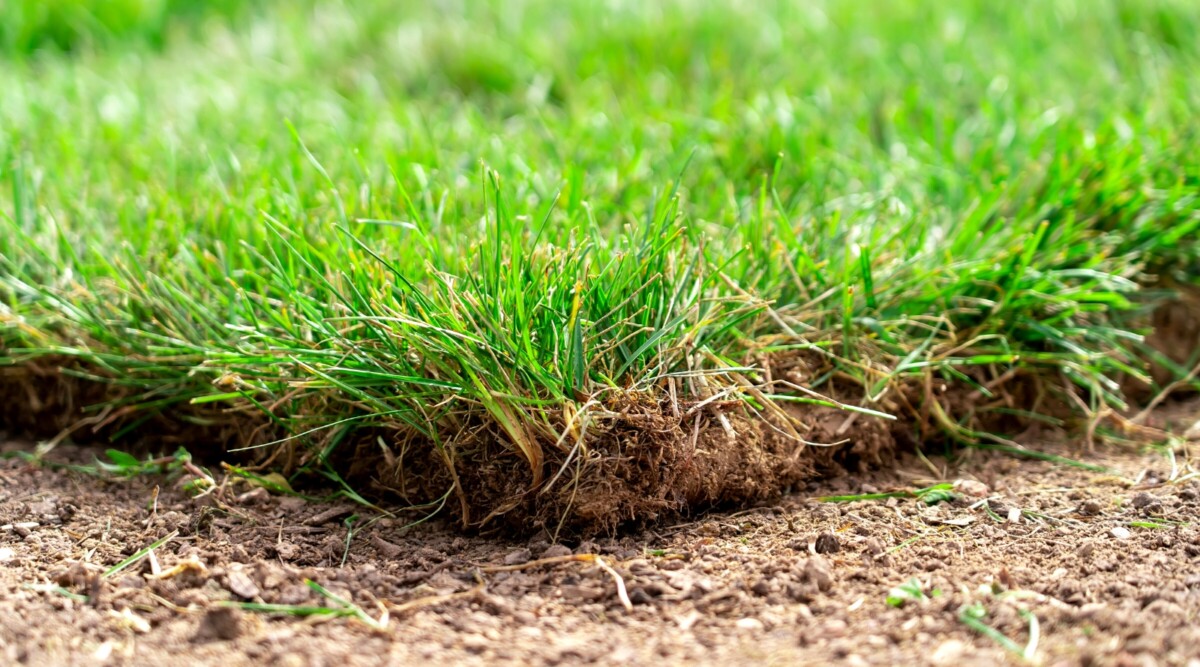

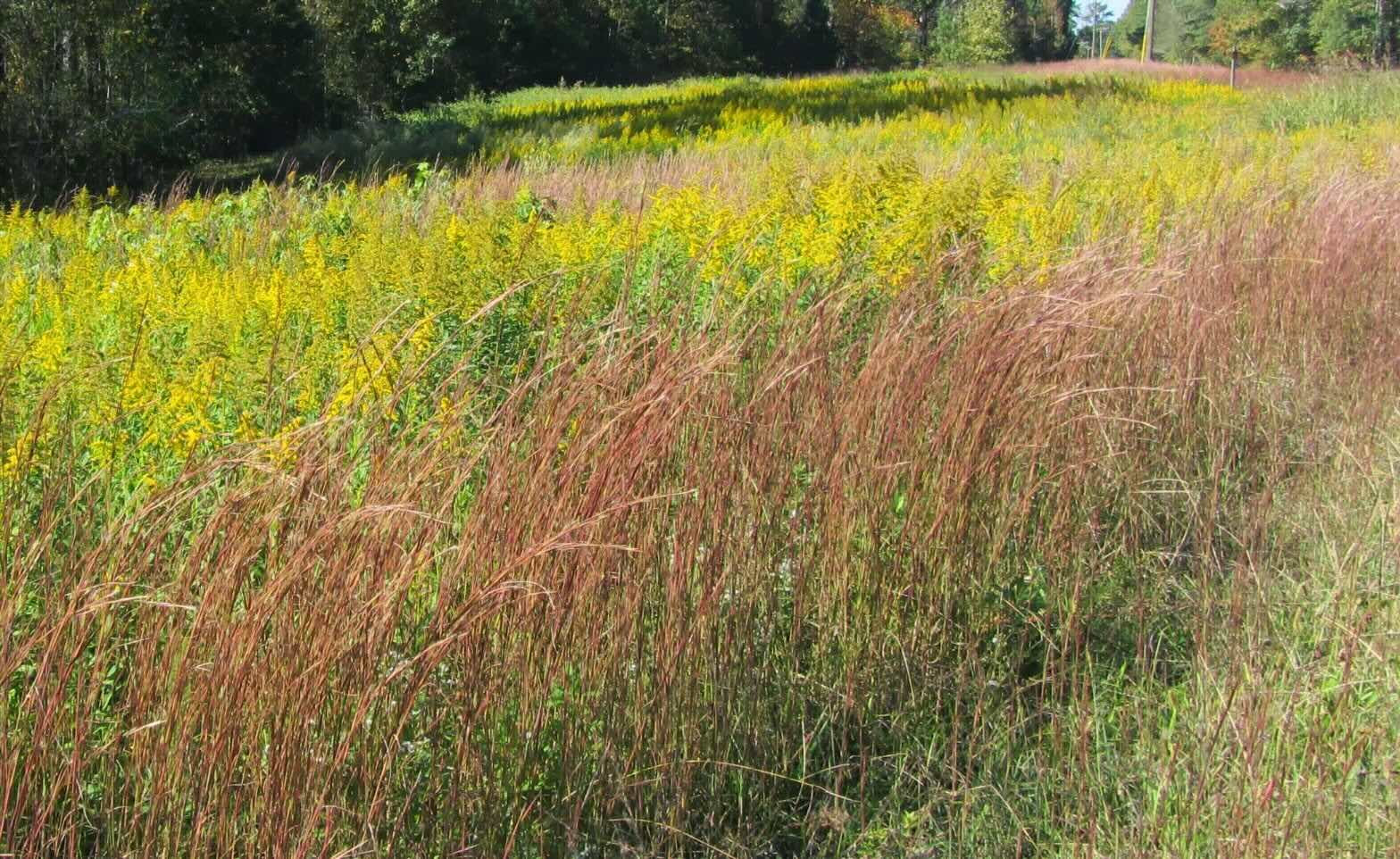
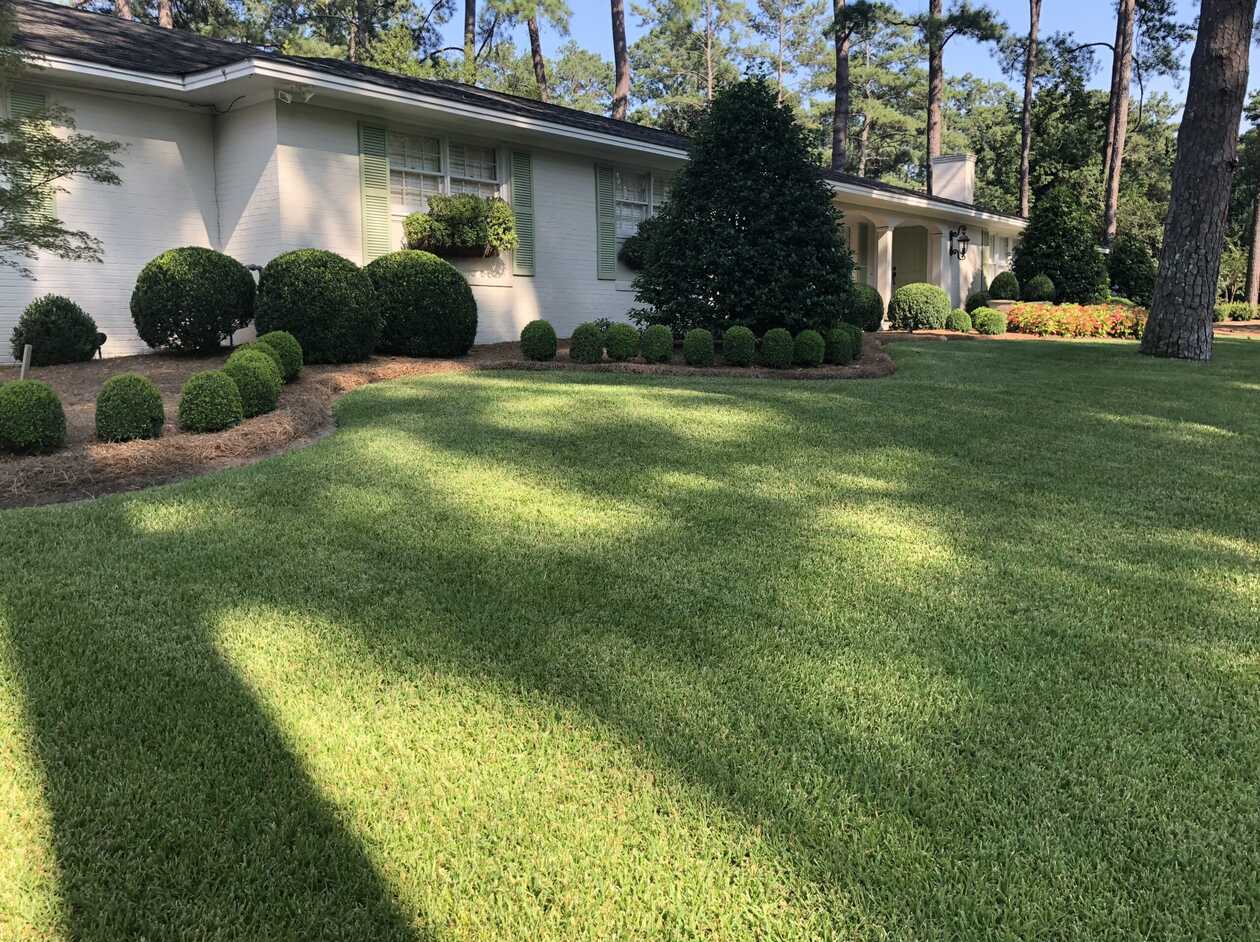
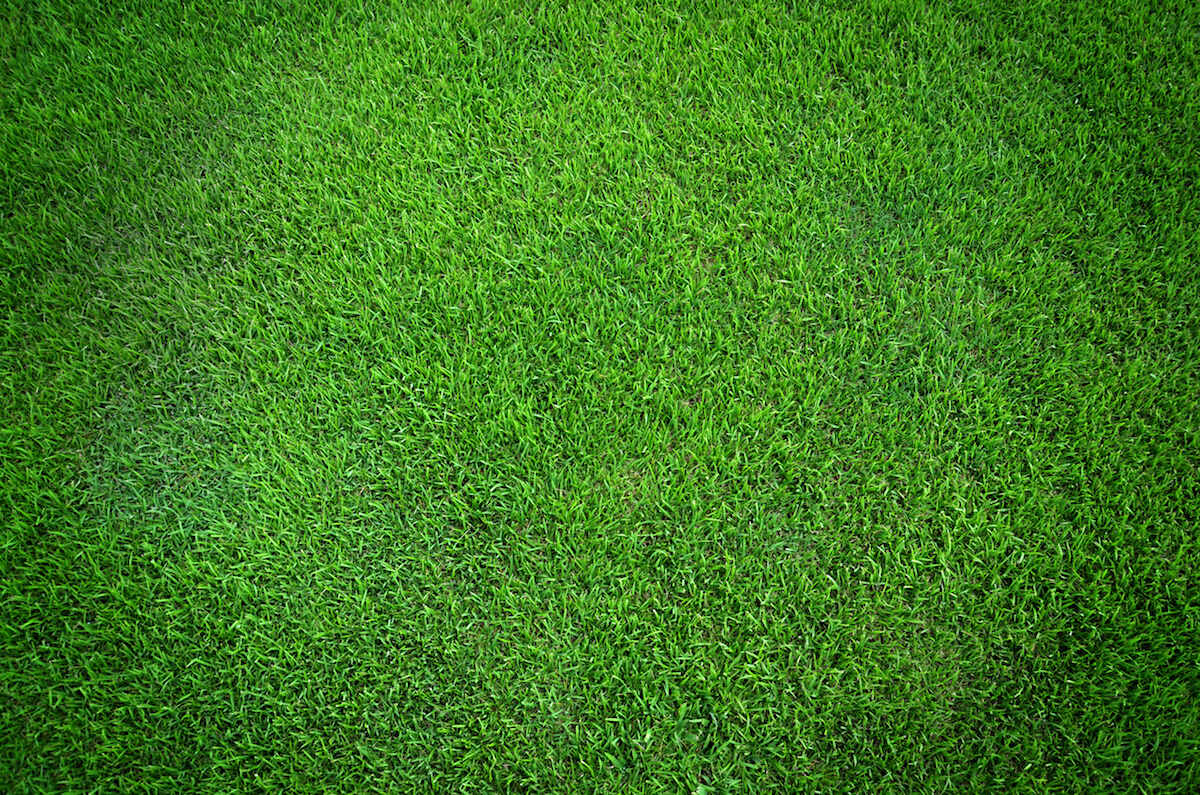
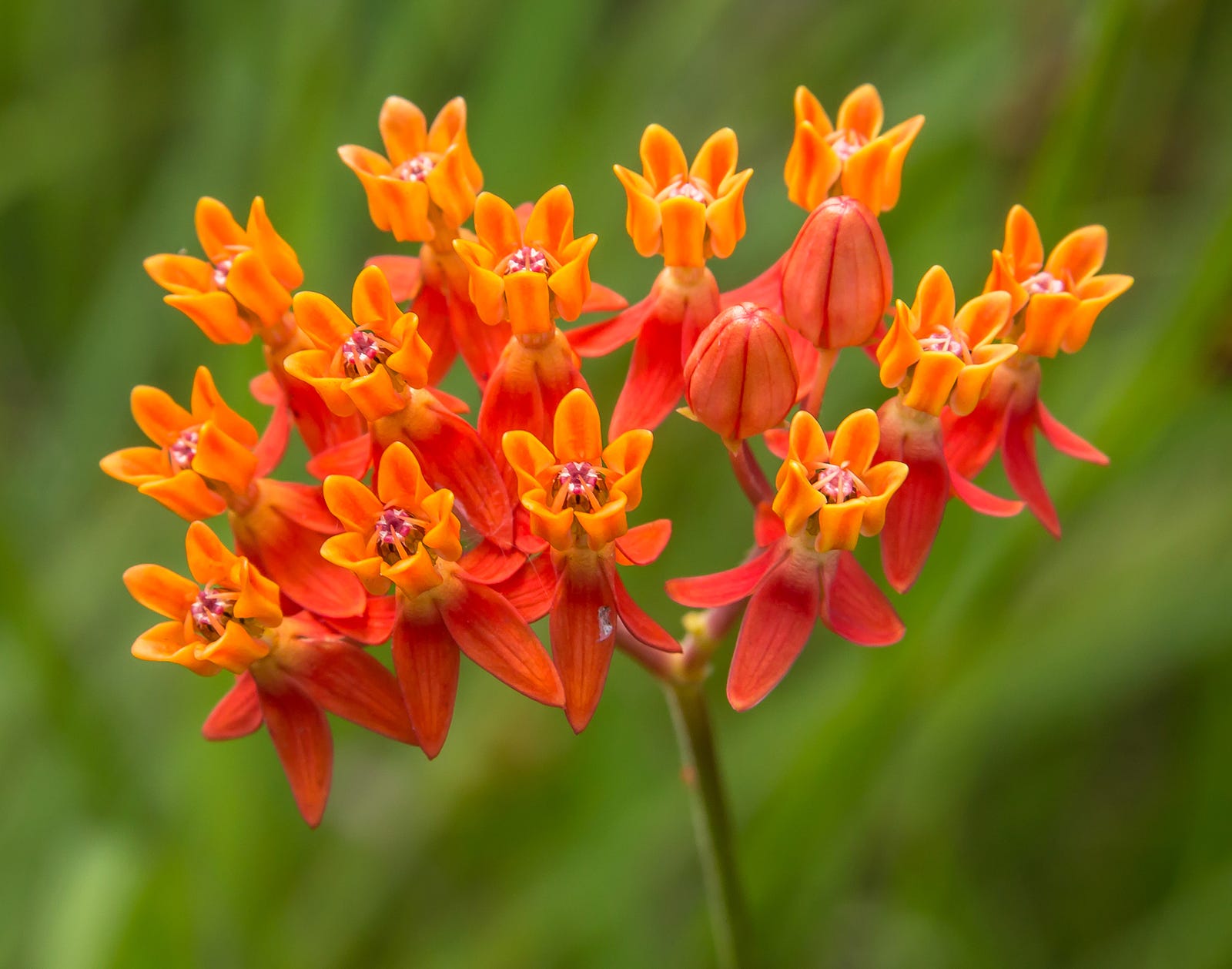
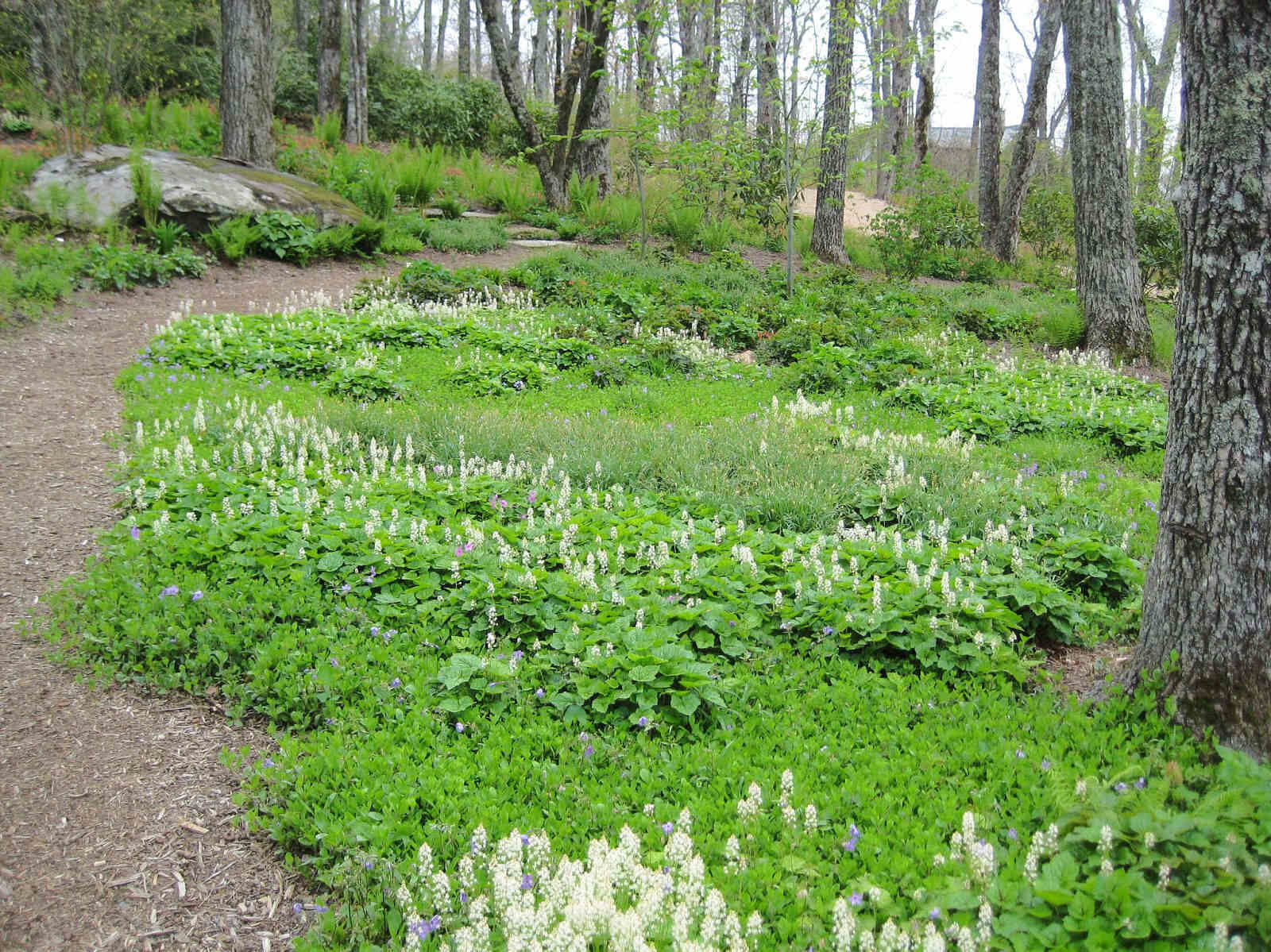

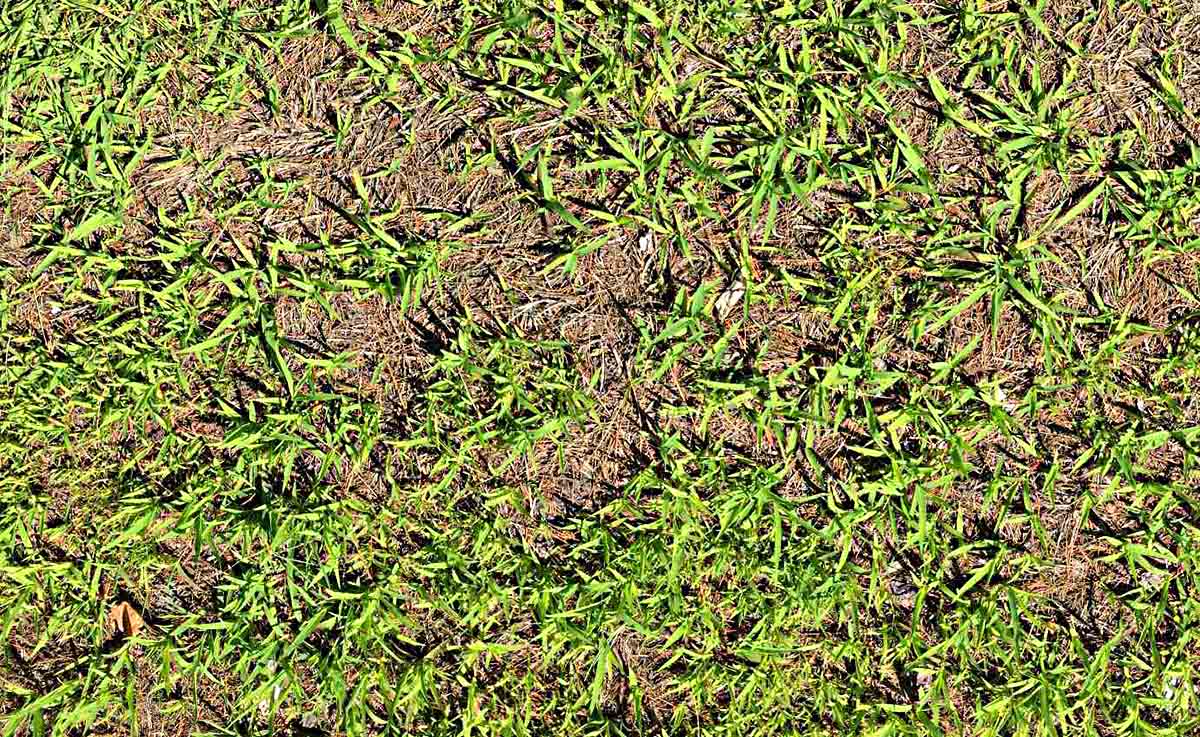

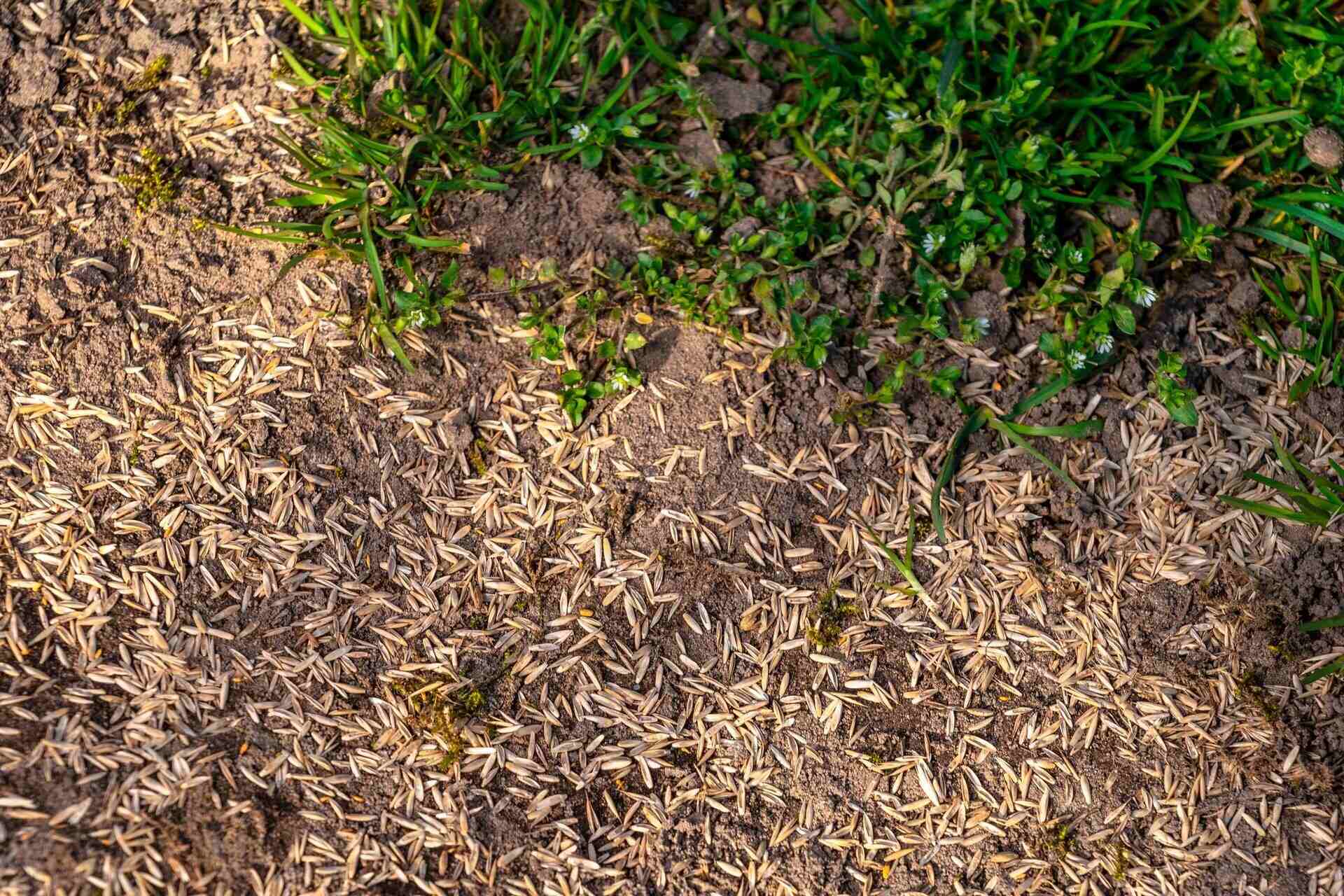

0 thoughts on “When To Seed Grass In Georgia”